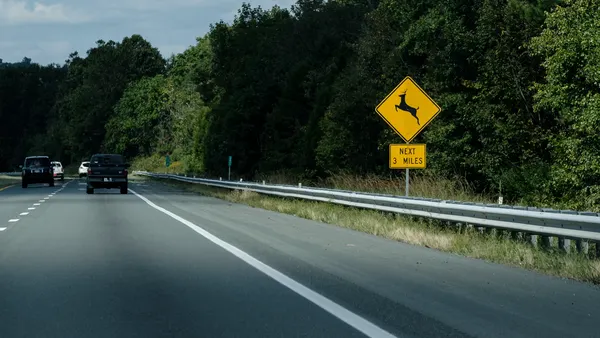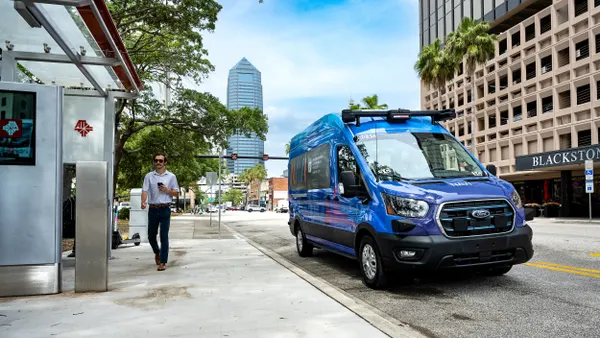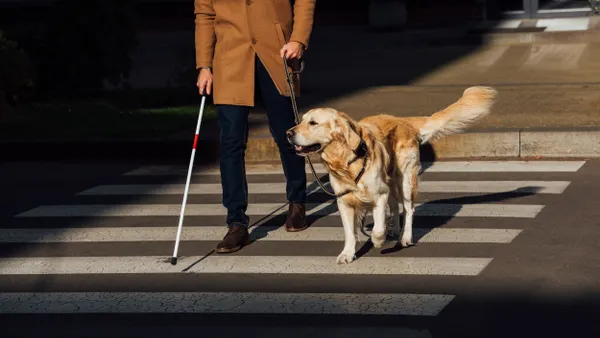Dive Brief:
- NASA announced Tuesday it has signed agreements under the Space Act with 17 companies to participate in technology demonstrations for the Urban Air Mobility (UAM) Grand Challenge. NASA said the challenge is designed to test airborne transportation and systems in various scenarios to "revolutionize" how people and cargo get around cities.
- Industry partners are involved in one of three challenge areas:
- Developmental flight testing: Providing a vehicle to fly and demonstrate how it performs in various UAM scenarios.
- Developmental airspace simulation: Testing UAM traffic management services in NASA's airspace simulations.
- Vehicle provider information exchange: Industry partners and NASA will exchange information with the intent to prepare that partner for possible flight activities during the first Grand Challenge at a NASA-provided or other approved test range in 2022.
- NASA said the Grand Challenge will help inform requirements for UAM operations and also help guide the development of regulations by the Federal Aviation Administration (FAA).
Dive Insight:
NASA has played something of a leading role on the governmental side in the development of UAM, which includes the buzzworthy onset of flying cars. Last year the agency announced it would test its drone traffic management system in Reno, NV and Corpus Christi, TX, while in 2017 it inked a partnership with Uber under the Space Act to develop new Unmanned Traffic Management (UTM) concepts and Unmanned Aerial Systems (UAS).
Flying cars, or electric vertical takeoff and landing (eVOTL) vehicles, are touted as the next innovation to transform urban transportation. While Uber has made big promises about its flying taxi service being fully available in Dallas, Los Angeles and Melbourne, Australia in 2023, there is plenty of skepticism around those promises becoming reality. NASA officials said this challenge, led by the agency that has already done plenty of ground-breaking work, could be key in making progress.
"With this step, we're continuing to put the pieces together that we hope will soon make real the long-anticipated vision of smaller piloted and unpiloted vehicles providing a variety of services around cities and in rural areas," Robert Pearce, NASA’s associate administrator for aeronautics, said in a statement.
One of the major concerns surrounding flying cars is the lack of a regulatory structure, which Uber has argued is acceptable as existing aviation policies should suffice for the technology. Companies and regulators also have very little insight into best practices for UAM vehicles as they are so different from anything else seen before, so there is hope this challenge can help establish those too.
Meanwhile, based on various public statements, the development of flying cars appears to be gathering some steam. Earlier this year, Jay Merkle, executive director of the FAA's Unmanned Aircraft Systems (UAS) Integration program, said at least six electric vertical take-off and landing (eVTOL) aircraft are "well along" in earning type certification from the FAA, indicating the industry is "more than just hype."










